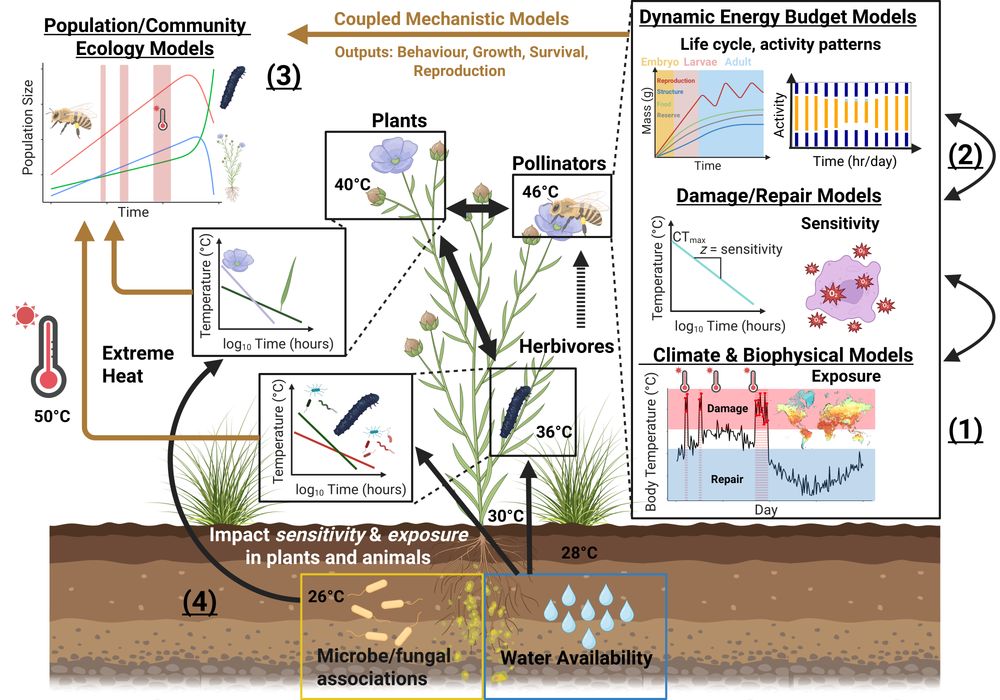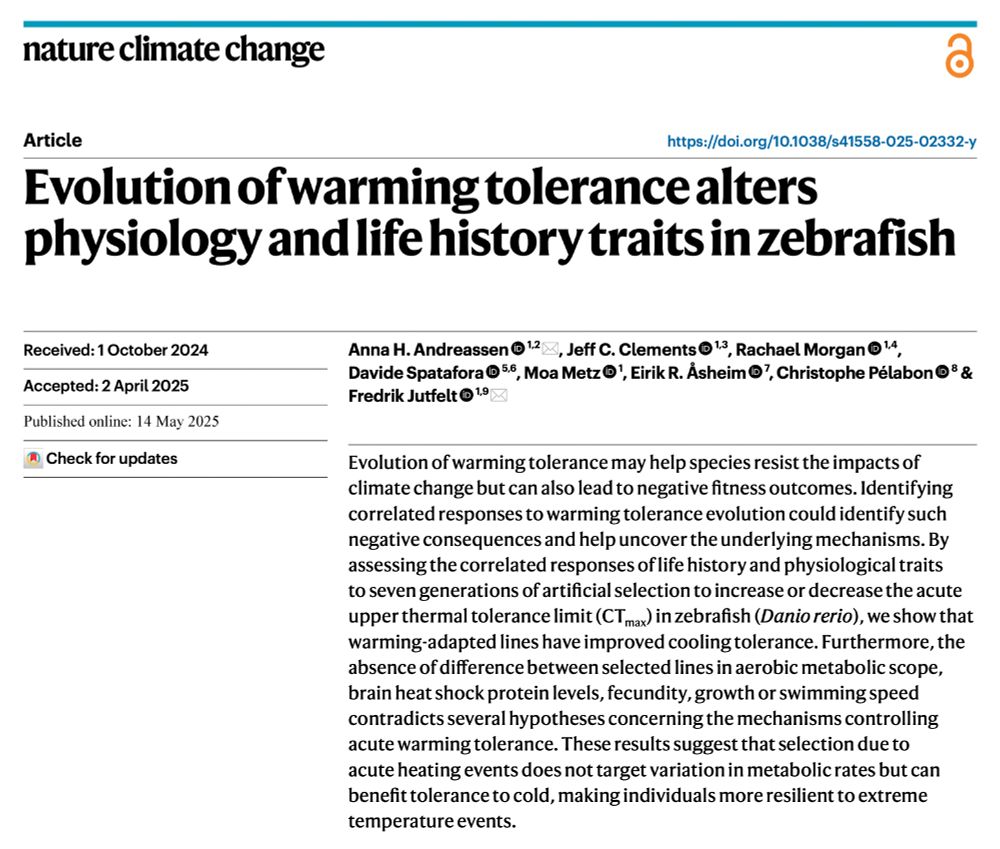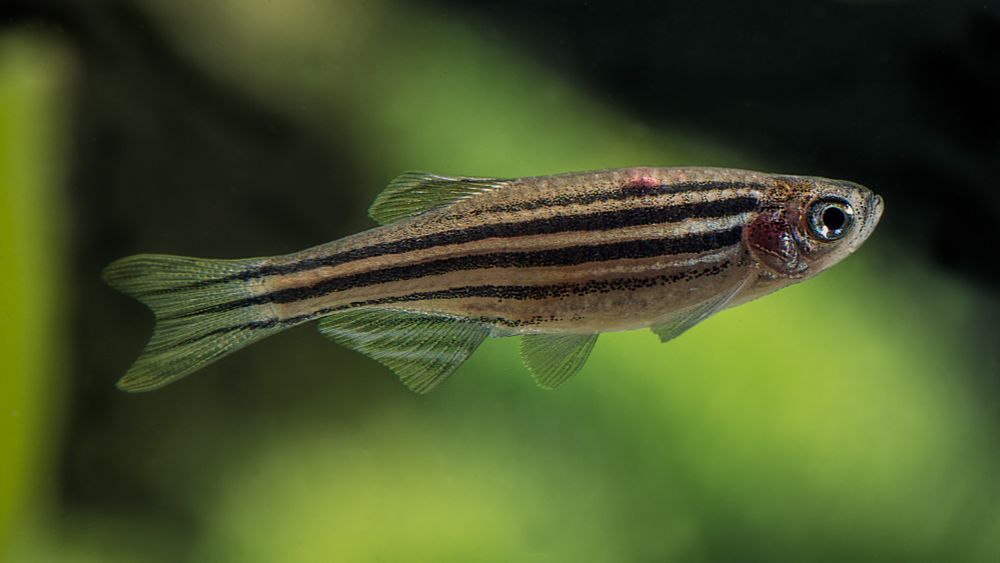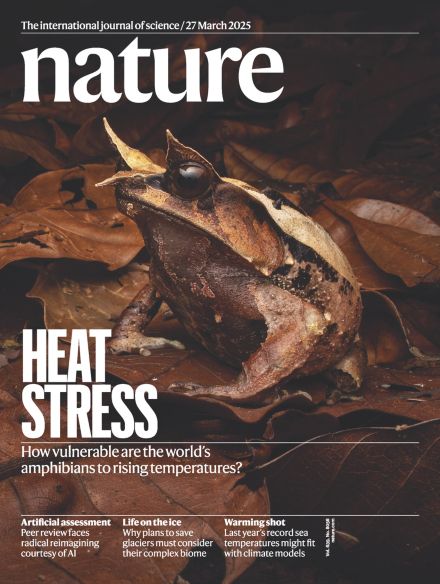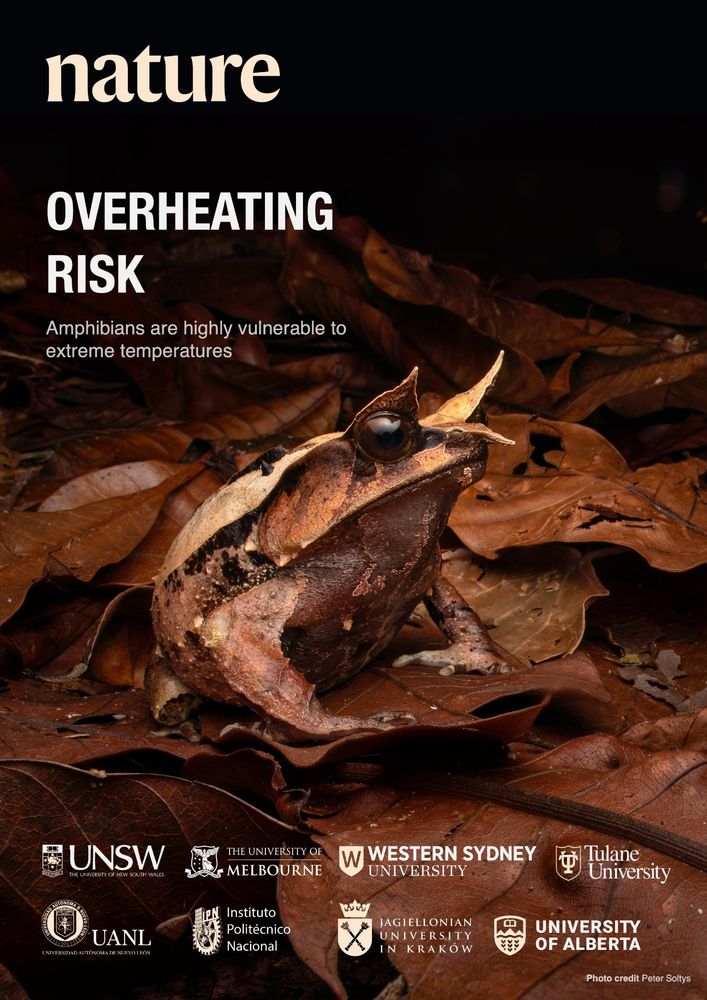Patrice Pottier
@patricepottier.bsky.social
1.9K followers
3.2K following
44 posts
Postdoc at ANU and UNSW; @SORTEE board member
Global change biology 🌍🌡️🏭, ecophysiology, evidence synthesis, open science 🔓
I love all kinds of critters 🐠🦎🐸🪲🐝🦑🦈🪸
Opinions my own; he/him
Posts
Media
Videos
Starter Packs
Reposted by Patrice Pottier
Reposted by Patrice Pottier
Szymek Drobniak
@szymekdr.bsky.social
· Apr 10

The impact of rising temperatures on the prevalence of coral diseases and its predictability: A global meta‐analysis
We conducted a global meta-analysis using 30 years of coral reef surveys and sea surface temperature records to identify the interaction between coral disease prevalence and rising ocean temperatures...
onlinelibrary.wiley.com
Reposted by Patrice Pottier
Reposted by Patrice Pottier

